We live in an age where photography has become so easily accessible. Without too much thought, we take our mobile phones out and capture a photo of an occasion such as a wedding, graduation, birthday or Christmas.
Photos allow us to reflect and remind us of times gone by, which is why many of us like to keep family photos around the home. They tell stories and help us remember the past.
Here at Chums we wanted to bring the past to life by colourising old black and white photographs for our latest #MemoriesInColour campaign. We asked you to send in your old photographs of loved ones from WW1 and WW2, as well as black and white photos pre-1960, so we could colourise and restore them. Here is the end result.
The stories behind the photos…
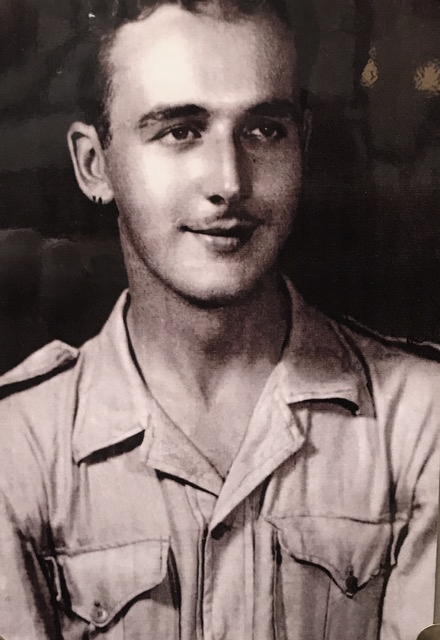
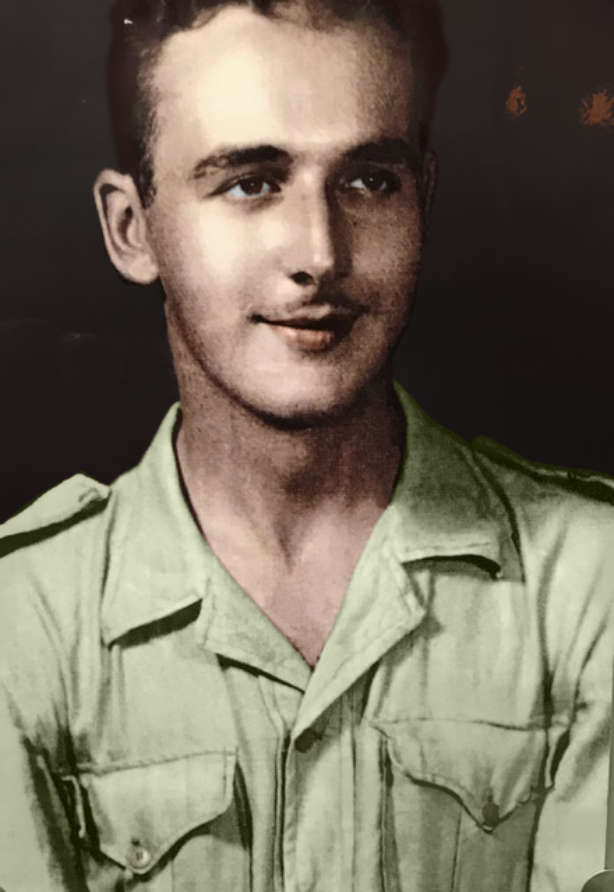
Sergeant Douglas Phillips
Douglas was part of Operation Harling, a WW2 mission by the British Special Operations Executive (SOE). He was tasked with destroying one of three railway viaducts in Greece and the mission was a major success. Sadly Douglas later died in Greece.
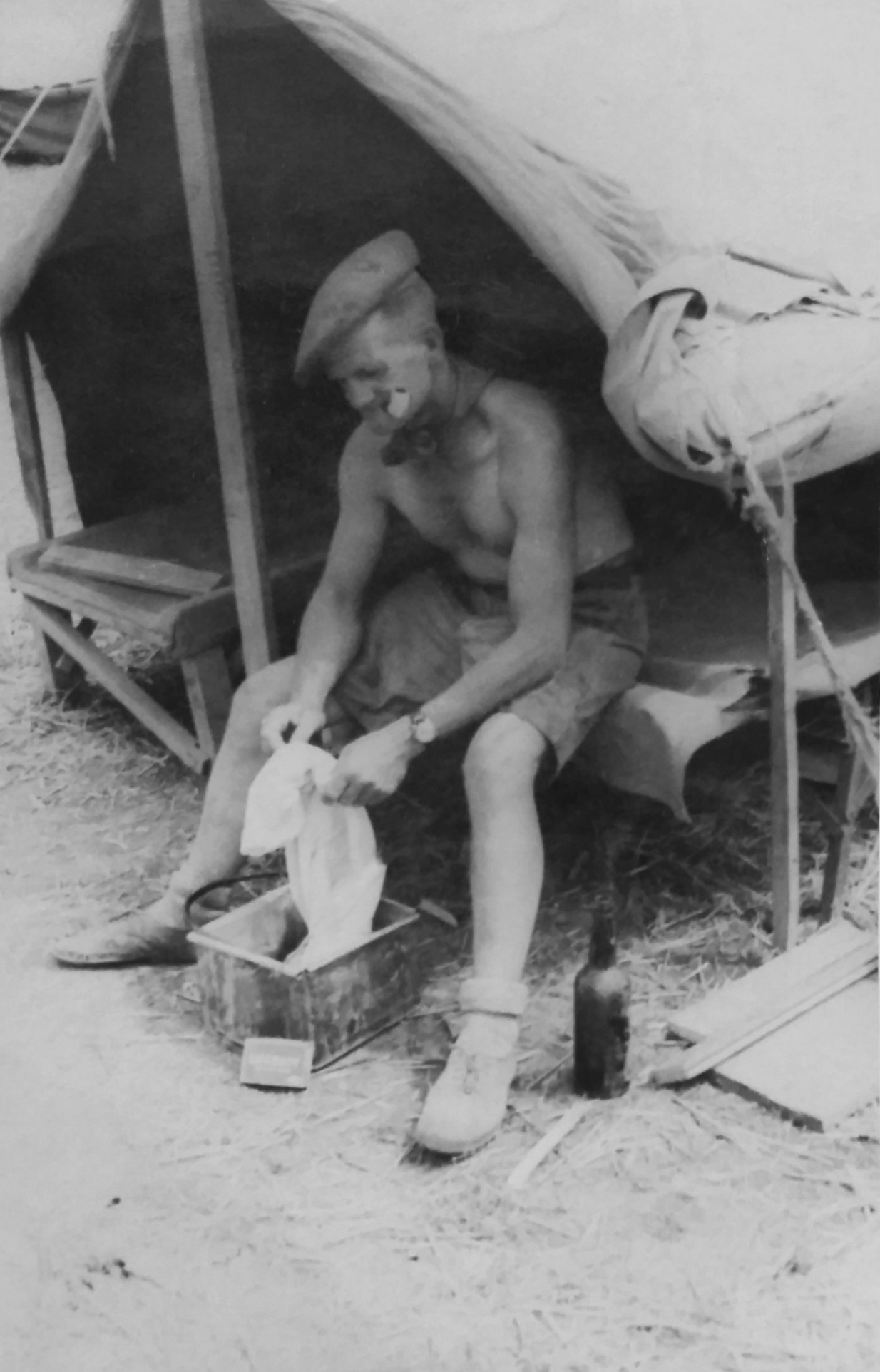
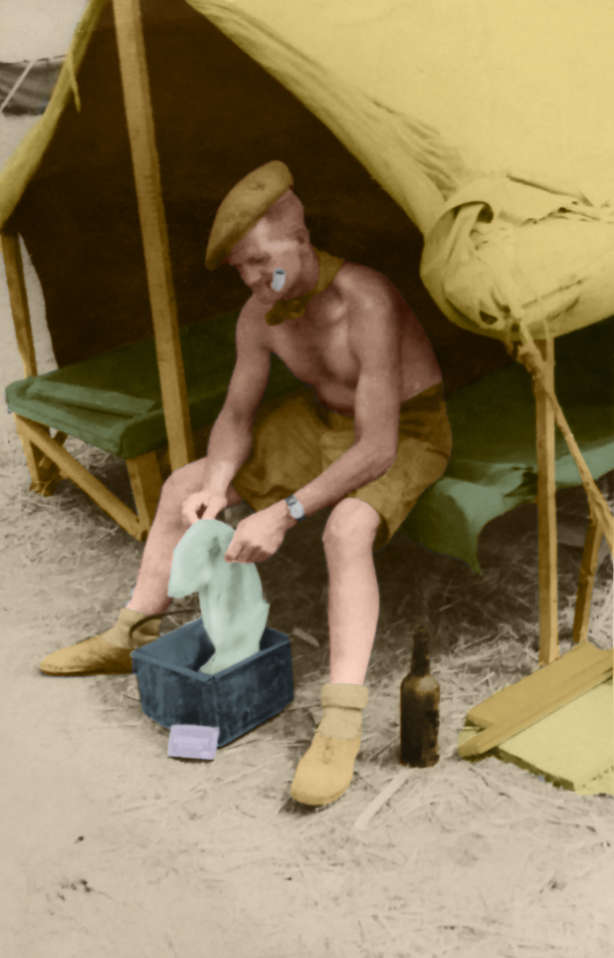
Edward Lovegrove
Edward was born in 1903 and lived in Ealing. During WW2 he drove tanks in North Africa. This photograph was taken at Christmas in 1942 and Edward sent it to his wife who was at home with their baby. Their two older children had been evacuated.
Edward survived the war and many years later, he persuaded his son-in-law to let him drive his car - he had driven a tank after all. However, his son-in-law said it was one of the most terrifying experiences of his life and never let Edward drive the car again!
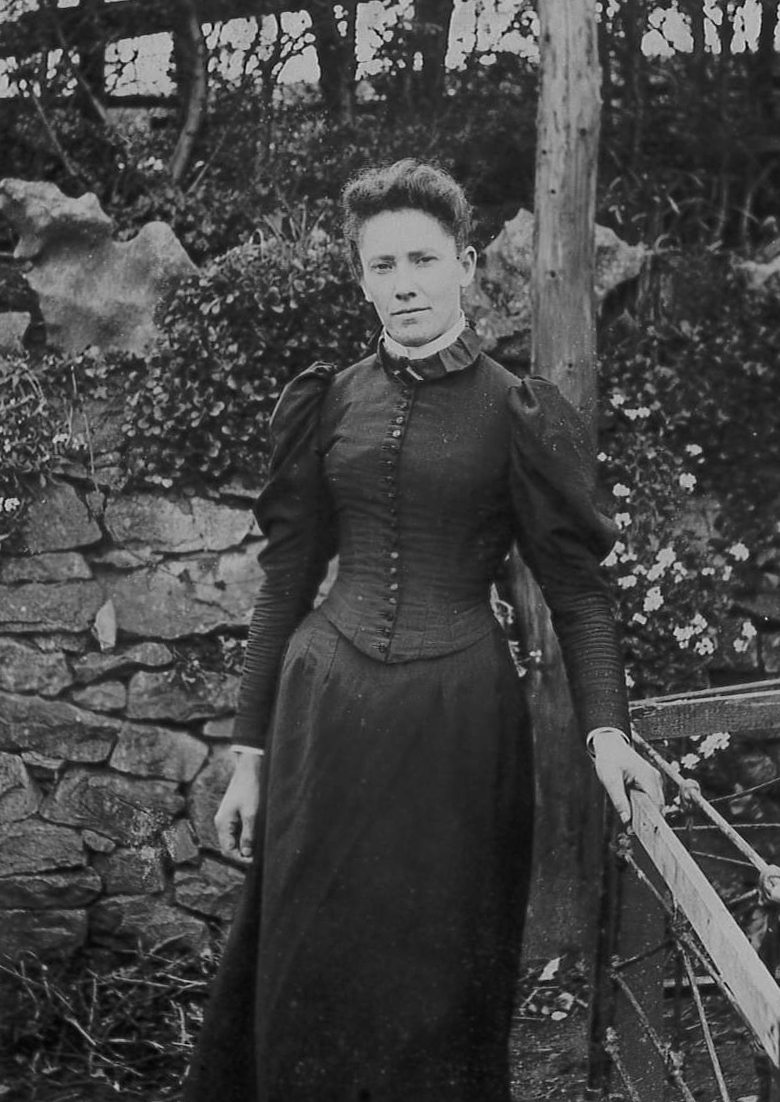
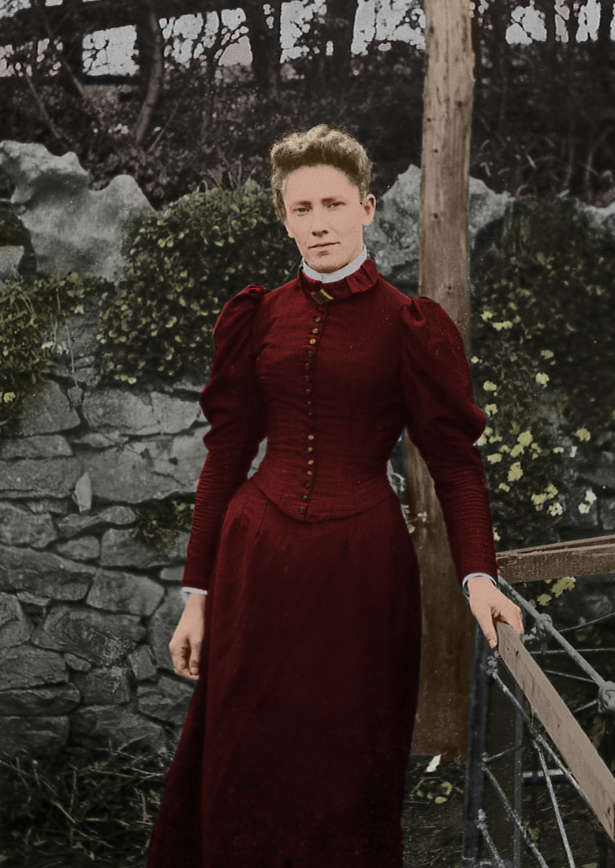
May Roberts
The dress was found when relatives were sorting through their uncle’s farm. They came across a cupboard hidden in a wood-panelled wall and upon opening it, they discovered a huge wooden chest. After dusting it off, they joked that they were too scared to open it as they could find anything inside it.
They picked up the courage and opened the chest. Inside were old letters, Christmas cards and the dress worn by May Roberts featured in this photograph! She was the great-grandmother of the uncle whose farm they were sorting. Although a little torn, they were in good condition and were donated to a records office.
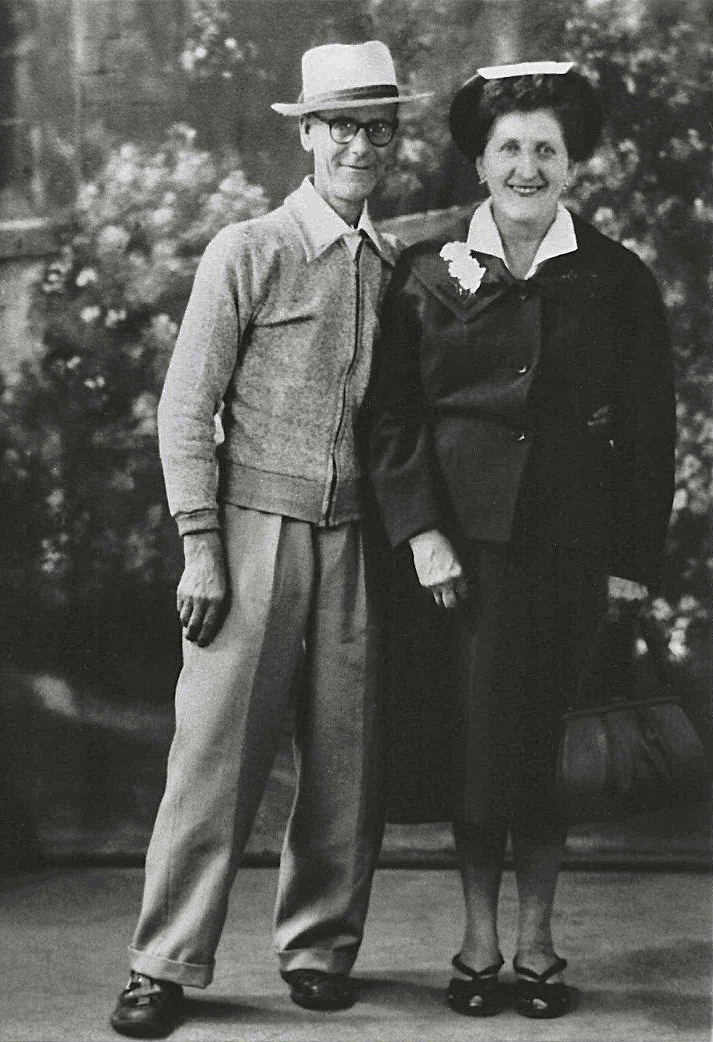
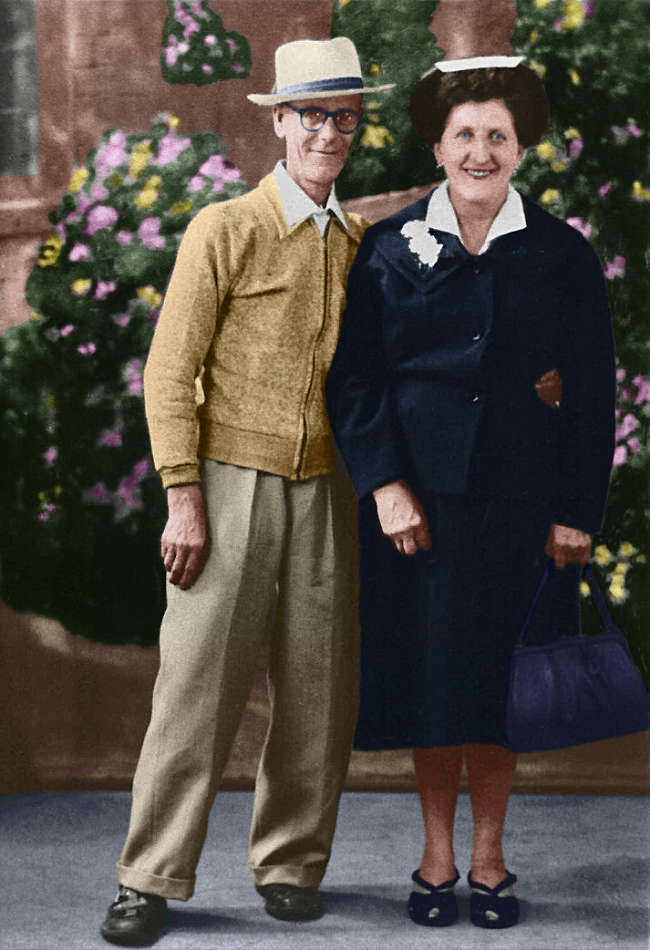
Lewis and Florence Fletcher
Barbara’s biological parents, Lewis and Florence, gave her up around WW2 and it was only very recently that she found out she had two biological sisters, June and Edith, who were living in America and Australia.
Babara had never seen her biological parents before, so a Facebook group was set up by her extended family where this photograph of her mother and father was shared. After seeing the image, Barbara said the resemblance to her mother was uncanny.
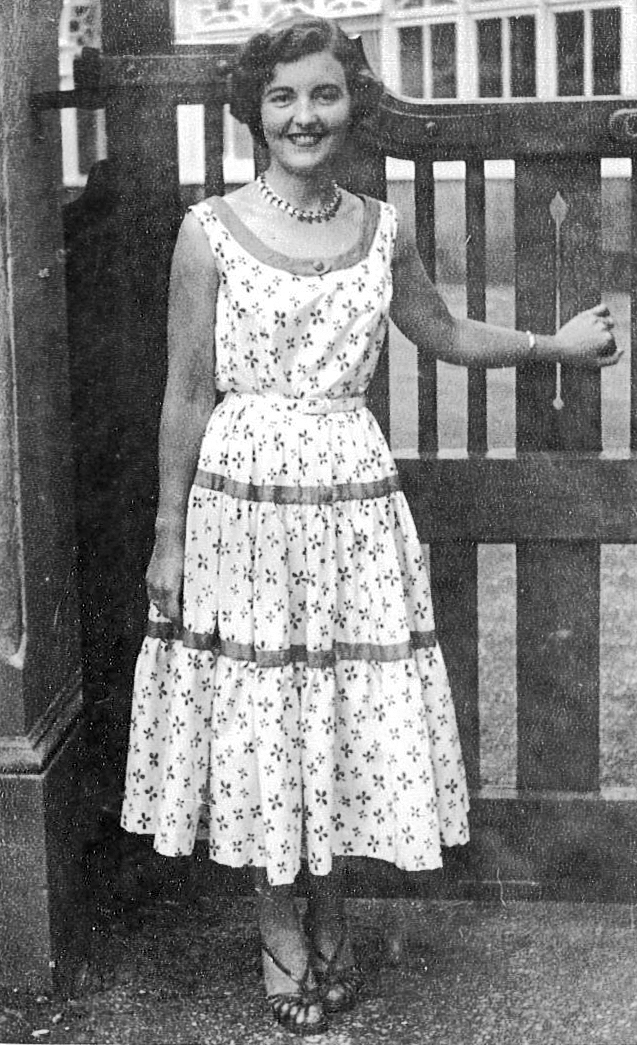
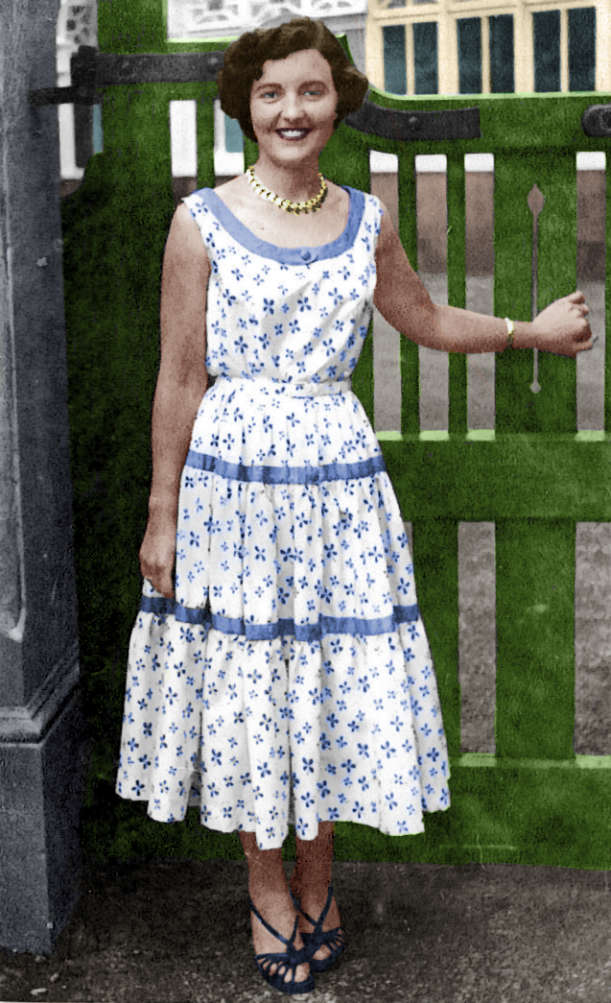
Margaret McDonald
Margaret McDonald was from Northwich and loved attending dances. She often attended as an excuse to dress up and have fun during the difficult times of WW2. This photo was taken just before one of the dances.
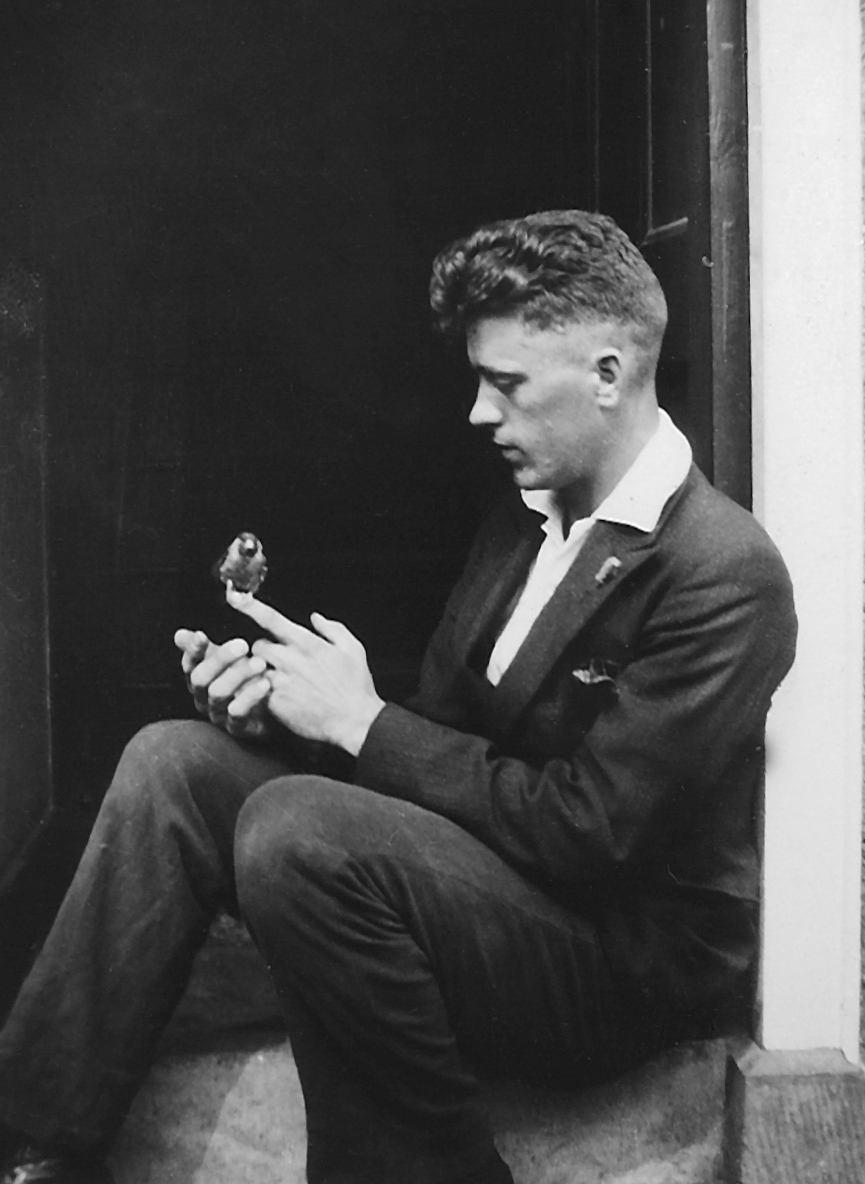
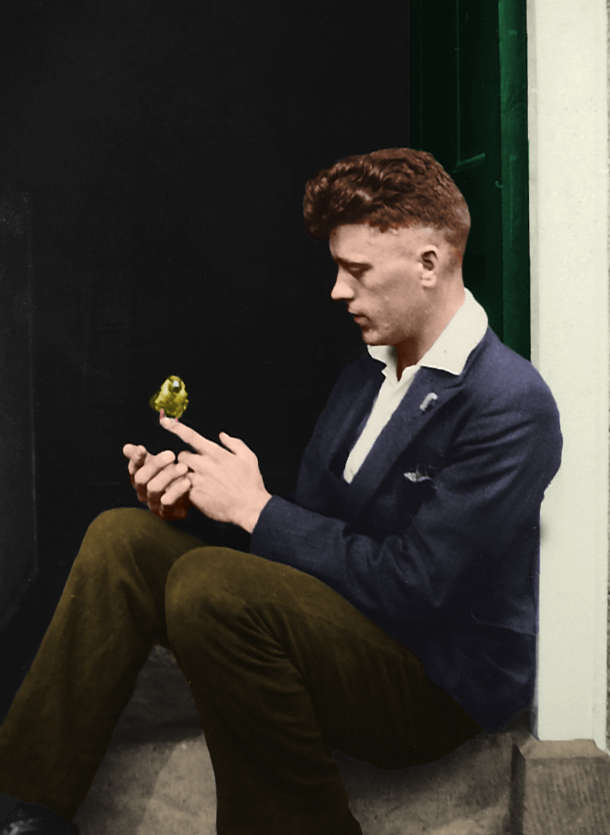
Edward Martin
Edward was from Chepstow and stood at a towering 6’7’’, earning him the nickname ‘Tiny.’ During WW2, Edward fought in Dunkirk but was wounded and captured. He spent the rest of the war as a prisoner.
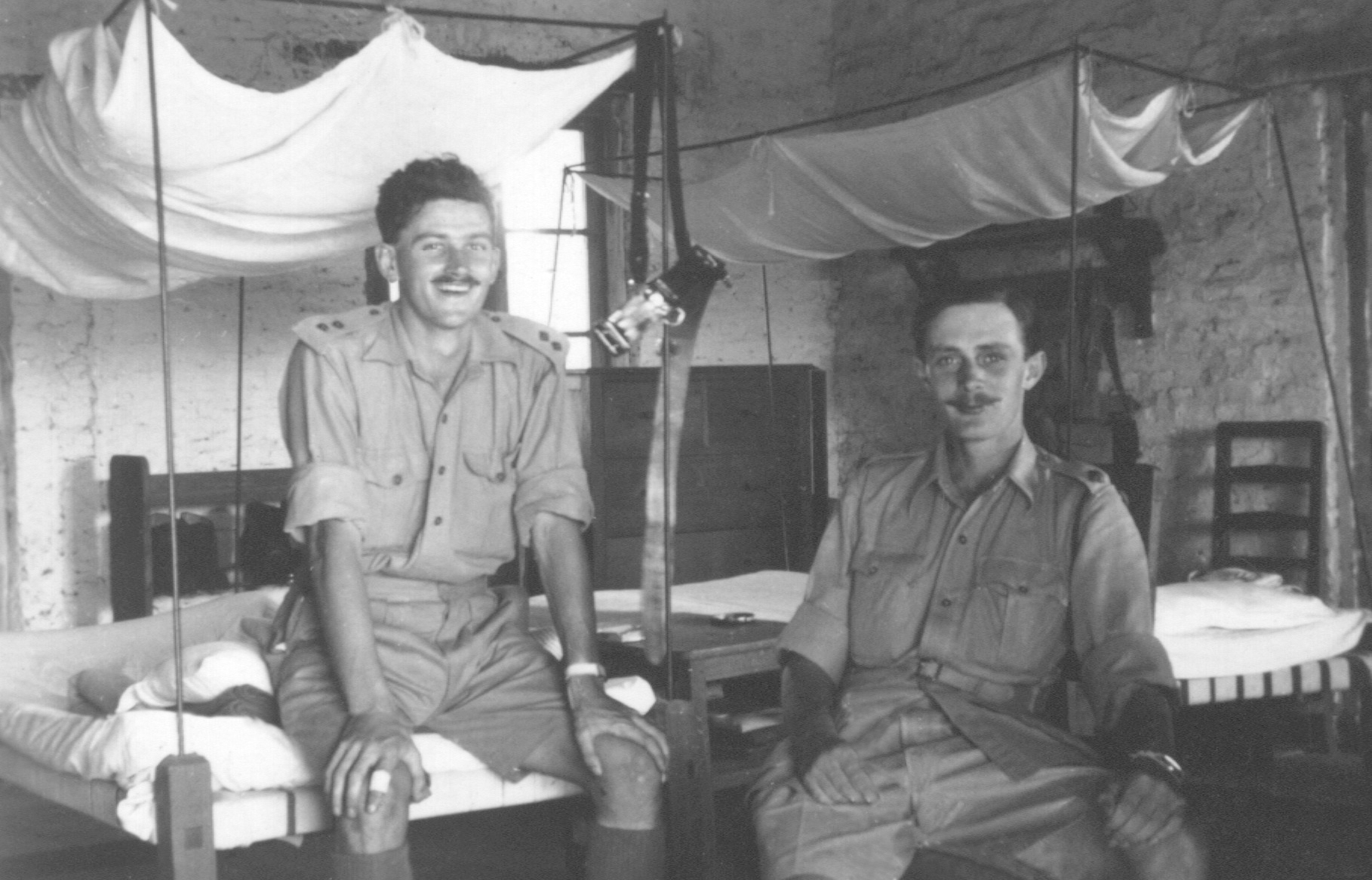
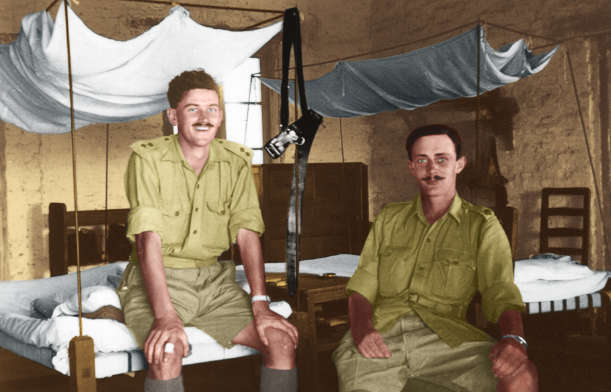
Ken West
Before the war began, Ken West was in the Territorial Army and had worked in the printing industry. He was from Reading but joined the Durham Light Infantry as a junior officer with his main skill being map-making.
Ken was involved in resisting the Japanese advance into India during the summer of 1944 and had some involvement in the Battle of Kohima. Subsequently, Ken advanced with the British into Burma and at some point, he contracted malaria and was invalided out of the army. He was sent back home in the middle of 1945 and married his wife in December that year.
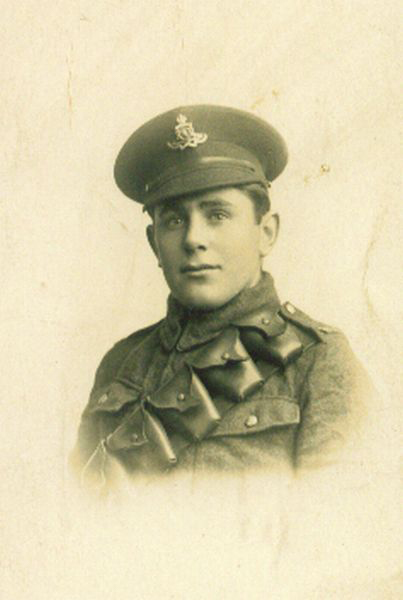
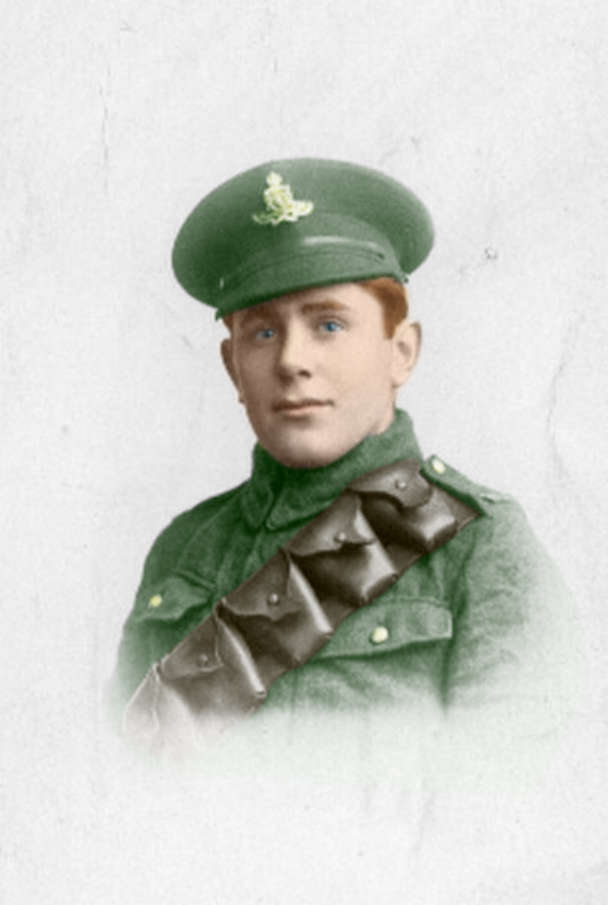
William Mascall
William first enlisted in the army aged 16 and served in the Dardanelles (Turkey). It was during this time that he picked up an infection which resulted in him being sent to a hospital ship. The matron deemed William to be too young and he was sent back home to England.
Upon arrival, William re-enlisted in the army, this time as a signaller for artillery. It is believed he was stationed in Hamburg until all the troops were recalled. William managed to survive the war and passed away in 1989.
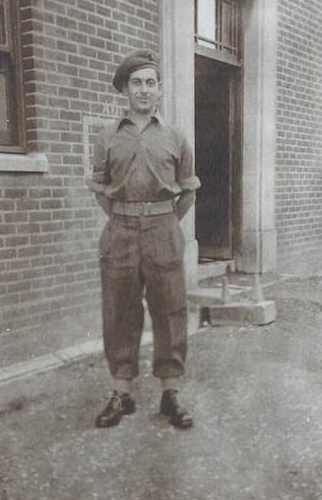
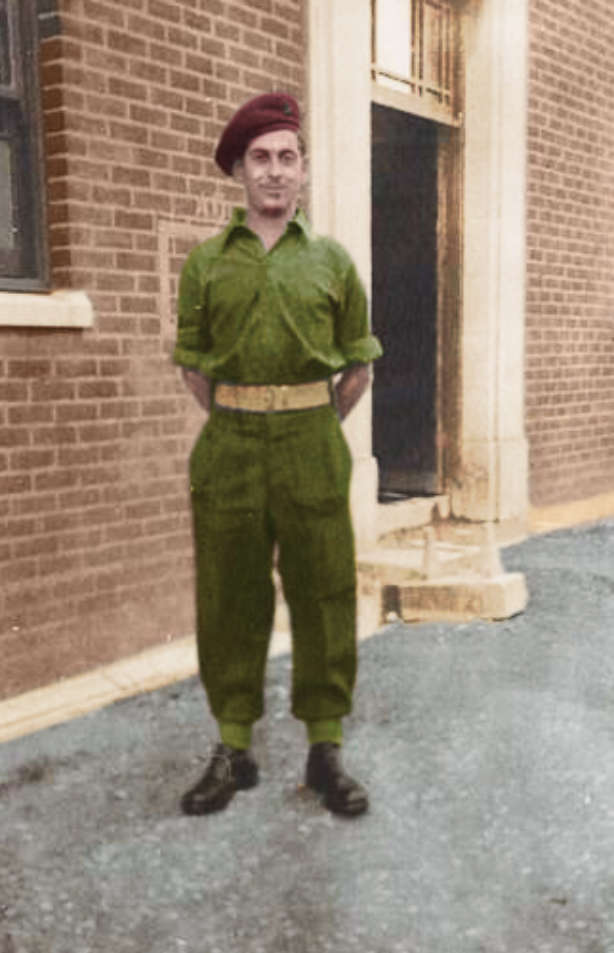
Eric Rubin
Eric Rubin was part of the Survey Regiment between 1940-46 and this photo was taken at the beginning of June 1944. Eric was getting ready to be parachuted into enemy territory in France just before D-Day.
He had to organise and prepare for a landing operation of the British Army and because of this and other similar assignments, he received four individual medals for bravery. Many years later, following on from his time in the forces, Eric worked at Chums.
Adding a simple splash of colour to a black and white photograph can really bring the past to life.
Colourising old photos allows the people featured in them to have their stories shared. We just want to say a huge thank you to everyone who sent photos in and took the time to help us create this glimpse into the past



